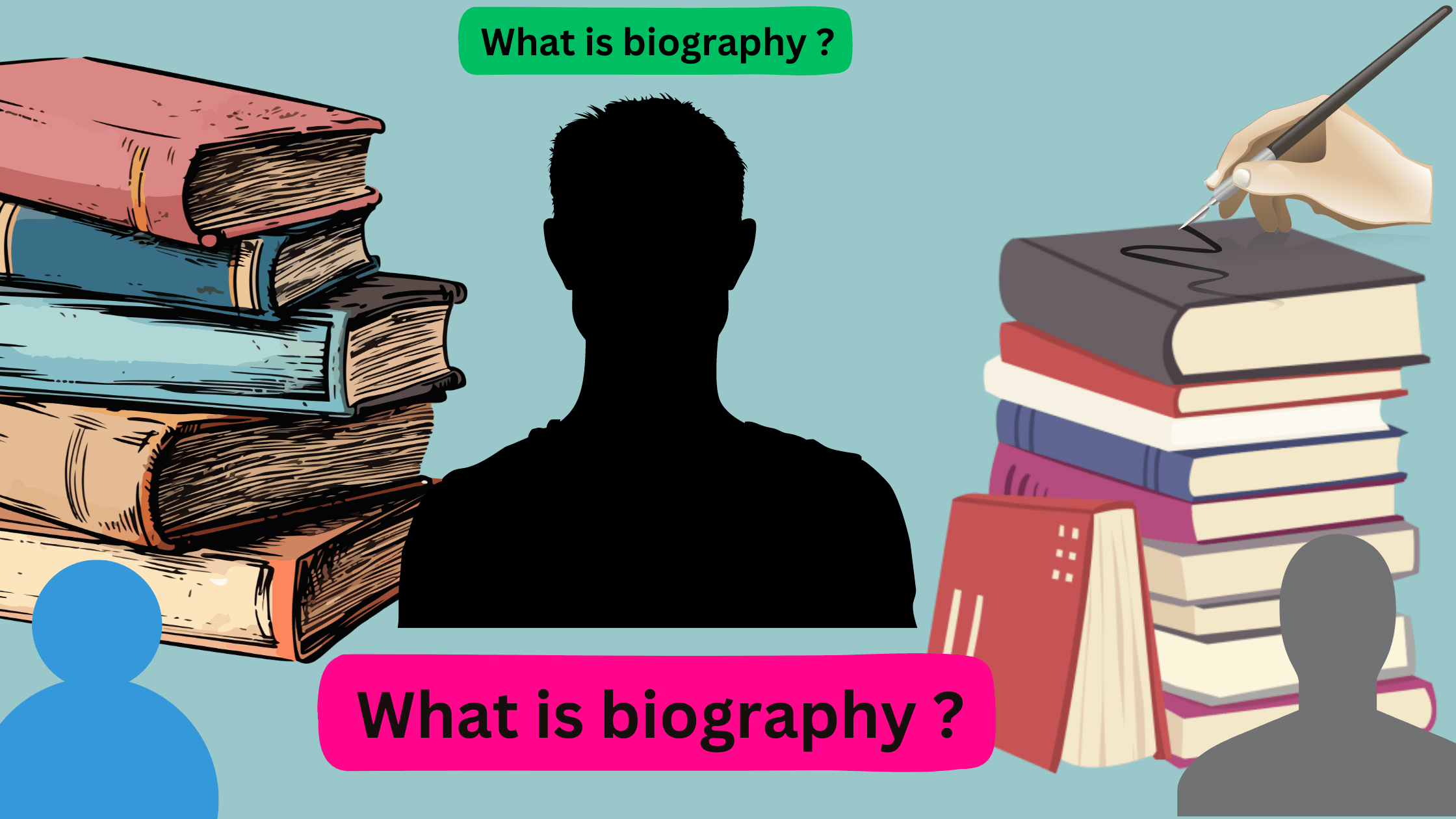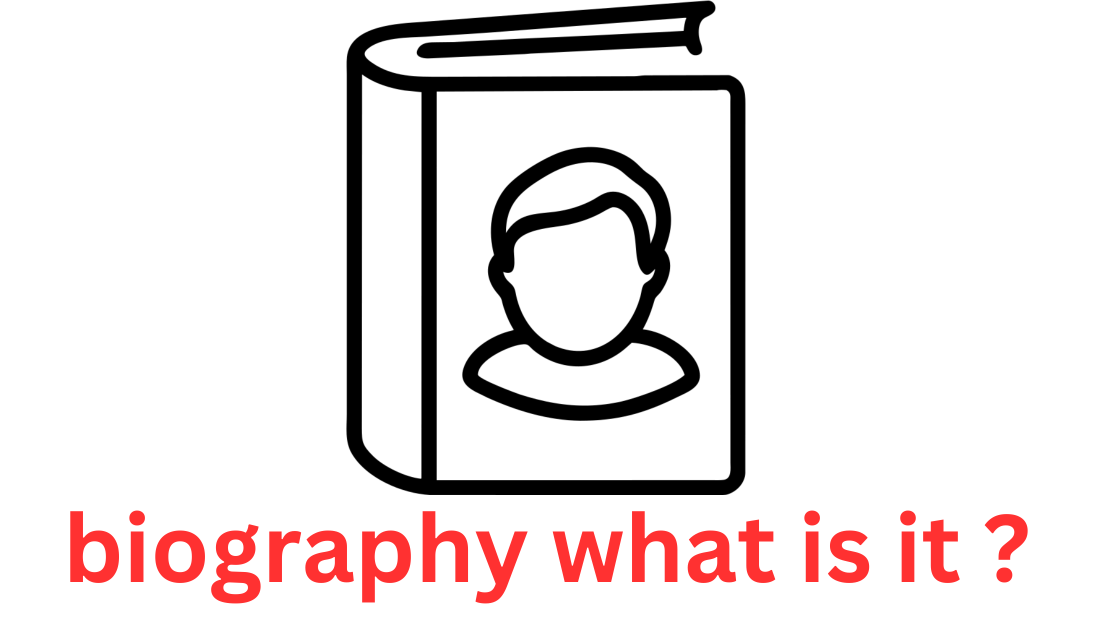Writing Compelling Biographies for Young Readers
Are you an aspiring writer interested in capturing the imaginations of biographies for young readers with captivating stories? If so, then crafting compelling biographies might be your ticket to success. Writing biographies for young readers is a unique art that requires a delicate balance of accuracy, creativity, and engaging storytelling.
In this article, we will explore the key elements of writing captivating biographies for young readers. From choosing the right subjects to incorporating relatable narratives and stunning visuals, we will provide you with the essential tools and techniques to bring biographies to life.
Drawing on our experiences as seasoned writers, we will guide you through the process of conducting thorough research, organizing your content, and writing in a way that appeals to young minds. Whether you are writing for educational purposes or simply to inspire curiosity, our practical tips and strategies will help you create biographies that resonate with young readers and leave a lasting impact.
So, join us as we unravel the secrets of writing compelling biographies for young readers and unleash your storytelling potential.
The importance of compelling biographies for young readers
Biographies have long been a powerful tool for inspiring and educating young readers. By delving into the lives of remarkable individuals, young readers can gain valuable insights, develop a deeper understanding of the world, and be motivated to pursue their own dreams and aspirations. Crafting compelling biographies for this audience is crucial, as it can significantly impact their intellectual and personal growth.
One of the primary reasons why compelling biographies are essential for young readers is their ability to serve as role models. When young readers are exposed to the stories of successful, influential, or inspiring individuals, they can see the possibilities that exist within themselves. These biographies can showcase the challenges and obstacles that these individuals faced, and how they overcame them through determination, resilience, and a strong sense of purpose. This can be particularly empowering for young readers, who may be navigating their own obstacles and uncertainties.
Moreover, well-written biographies can foster a love of learning and reading in young audiences. By presenting historical figures, scientific pioneers, or cultural icons in an engaging and accessible manner, biographies can spark the curiosity of young readers and encourage them to explore further. This can lead to a lifelong appreciation for literature, history, and the human experience, ultimately contributing to their intellectual and personal development.
Understanding the target audience
When writing biographies for young readers, it is essential to have a deep understanding of the target audience. This includes considering their age range, reading level, interests, and cognitive development. By tailoring the content and presentation to the specific needs and preferences of young readers, writers can create biographies that resonate with them and leave a lasting impact.
One of the key considerations when writing for young readers is the language and tone used. Biographies for younger audiences, such as elementary school students, should employ a more straightforward and accessible language, with a focus on clear explanations and relatable narratives. As the target audience matures, the language and level of complexity can gradually increase, catering to the growing intellectual and emotional needs of middle-grade and young adult readers.
Additionally, understanding the interests and hobbies of young readers can help writers select subjects and narratives that will capture their attention. For instance, young readers may be particularly drawn to biographies of scientists, athletes, or historical figures who have made significant contributions in their respective fields. By aligning the subject matter with the interests and curiosities of the target audience, writers can create biographies that resonate with young readers and inspire them to learn more.
Researching the subject of the biography
Thorough research is the foundation for writing a compelling biography for young readers. This involves delving into the life and achievements of the subject, gathering a comprehensive understanding of their background, experiences, and the historical context in which they lived.
When conducting research, writers should aim to uncover not only the factual details of the subject’s life but also the personal narratives, emotions, and perspectives that can bring the biography to life. This may involve consulting a wide range of sources, such as primary documents, historical accounts, personal memoirs, and scholarly analyses. By synthesizing these diverse sources, writers can create a well-rounded and nuanced portrayal of the subject, which can captivate young readers and foster a deeper appreciation for their story.
In addition to gathering information about the subject’s life, writers should also consider the broader historical and cultural context in which the subject lived. This can help young readers better understand the challenges, obstacles, and opportunities that the subject faced, and how their actions and achievements were shaped by the larger societal and political landscape. By weaving these contextual elements into the biography, writers can provide young readers with a more comprehensive and engaging understanding of the subject’s life and legacy.
Choosing the right tone and language
When writing biographies for young readers, the tone and language used are crucial in capturing their attention and maintaining their engagement. Writers must strike a delicate balance between providing accurate and informative content while also creating a narrative that is accessible, relatable, and emotionally resonant.
One effective approach is to adopt a conversational and personable tone, as if the writer is directly addressing the young reader. This can involve the use of descriptive and vivid language, as well as the incorporation of anecdotes, dialogues, and personal insights that bring the subject to life. By humanizing the subject and creating a sense of intimacy, writers can foster a deeper connection between the young reader and the biographical figure.
Additionally, writers should consider the reading level and cognitive development of their target audience when selecting the appropriate language and sentence structure. For younger readers, simpler vocabulary, shorter sentences, and a more straightforward narrative structure may be more effective in maintaining their attention and comprehension. As the target audience matures, the language can become more sophisticated, allowing for more complex ideas and themes to be explored.
Structuring the biography for maximum engagement
The structure and organization of a biography can significantly impact its ability to engage young readers. Writers should strive to create a narrative that is both informative and captivating, with a clear and coherent flow that keeps the reader’s attention throughout.
One effective approach is to begin the biography with a compelling hook or opening that immediately draws the reader in. This could be a dramatic moment, a personal anecdote, or a thought-provoking question that piques the reader’s curiosity and sets the stage for the subject’s life story.
From there, writers can organize the biography in a chronological or thematic manner, depending on the subject and the desired narrative arc. Chronological structures can provide a clear and linear progression of the subject’s life, while thematic structures can allow for a more in-depth exploration of specific aspects or turning points in the subject’s journey. Regardless of the approach, writers should ensure that the transitions between sections are smooth and that the overall structure serves to enhance the reader’s understanding and engagement.
Adding visuals and illustrations
Incorporating visuals and illustrations into biographies for young readers can significantly enhance the reading experience and make the content more engaging and accessible.
Well-chosen images, photographs, and illustrations can bring the subject and their story to life, providing a visual representation that complements the written narrative. These visuals can range from historical portraits and photographs to recreations of important events or settings, all of which can help young readers better visualize and connect with the subject.
In addition to static images, writers can also consider incorporating other visual elements, such as timelines, maps, or infographics, to help young readers better understand the historical context or the subject’s achievements and impact. These interactive visual aids can break up the text, provide additional information, and appeal to the visual learning preferences of many young readers.
When selecting and incorporating visuals, writers should ensure that they are of high quality, relevant to the narrative, and presented in a way that enhances the overall reading experience. The placement and integration of these visual elements should also be carefully considered, ensuring that they seamlessly complement the written content and contribute to the overall flow and cohesion of the biography.
Incorporating interactive elements
To further engage young readers and foster a more immersive reading experience, writers can incorporate interactive elements into their biographies. These interactive features can take various forms, ranging from hands-on activities to digital enhancements, all of which can help young readers actively engage with the subject matter.
One example of an interactive element is the inclusion of hands-on activities or experiments that relate to the subject’s life or work. For instance, in a biography about a scientist, the writer could provide instructions for a simple science experiment that allows young readers to explore a concept or phenomenon relevant to the subject’s research. These interactive activities can not only reinforce the learning but also spark the curiosity and creativity of young readers.
Additionally, writers can explore the integration of digital elements, such as audio recordings, video clips, or interactive timelines, to enhance the reading experience. These digital enhancements can provide young readers with a multimedia experience, allowing them to hear the subject’s voice, see historical footage, or explore interactive visualizations of the subject’s life and achievements.
By incorporating these interactive elements, writers can create a more engaging and immersive reading experience that caters to the diverse learning preferences and interests of young readers. This can ultimately lead to a deeper understanding and appreciation of the subject’s life and legacy.
Editing and proofreading the biography
Once the initial draft of the biography is complete, the crucial process of editing and proofreading begins. This step is essential in ensuring that the final product is polished, coherent, and free of errors, ultimately enhancing the reading experience for young audiences.
During the editing process, writers should carefully review the biography for clarity, flow, and overall narrative structure. This may involve rearranging sections, refining the language, and strengthening the connections between different parts of the biography. Writers should also pay close attention to the tone and voice, ensuring that it remains consistent and appropriate for the target audience.
In addition to the content-based editing, writers should also conduct a thorough proofreading process to identify and correct any spelling, grammar, or punctuation errors. These technical aspects may seem minor, but they can significantly impact the overall quality and professionalism of the final product, which is especially important when writing for young readers.
Writers may also consider enlisting the help of a professional editor or seeking feedback from others, such as teachers or librarians who work closely with young readers. This external input can provide valuable insights and suggestions for improvement, ultimately helping to refine the biography and ensure that it meets the high standards expected by young audiences.
Publishing and promoting the biography
Once the biography has been meticulously edited and proofread, the next step is to consider the publication and promotion of the final work. This process can involve a range of strategies and platforms, all aimed at ensuring that the biography reaches its intended young audience and resonates with them.
For writers who are seeking traditional publication, the process may involve submitting the manuscript to publishers who specialize in children’s or young adult literature. These publishers can provide valuable guidance and resources, such as editorial support, marketing strategies, and distribution channels, to help ensure the success of the biography.
Alternatively, writers may choose to self-publish their biographies, leveraging online platforms and social media to reach their target audience. This approach can offer more creative control and flexibility, but it also requires the writer to take on additional responsibilities, such as book design, marketing, and distribution.
Regardless of the publication route, writers should also consider ways to actively promote the biography, such as school visits, library events, book signings, and online engagement with young readers and their families. By creating a comprehensive marketing plan that aligns with the interests and preferences of the target audience, writers can increase the visibility and impact of their biographies.
Conclusion
Writing compelling biographies for young readers is a unique and rewarding endeavor that requires a deep understanding of the target audience, meticulous research, and a commitment to engaging storytelling. By following the strategies and techniques outlined in this article, aspiring writers can create biographies that captivate young readers, inspire them to learn more, and foster a lasting appreciation for the remarkable individuals who have shaped our world.
Whether you are an experienced writer or just starting your journey, the key to success lies in your ability to connect with young readers, to bring the subject’s life and legacy to life, and to create a reading experience that is both informative and emotionally resonant. By embracing the unique challenges and opportunities of writing for young audiences, you can unlock your full potential as a biographer and make a lasting impact on the next generation of readers and thinkers.
So, embark on this exciting journey, and let your passion for storytelling and your commitment to education guide you as you craft compelling biographies that will inspire, educate, and captivate young readers for years to come.


